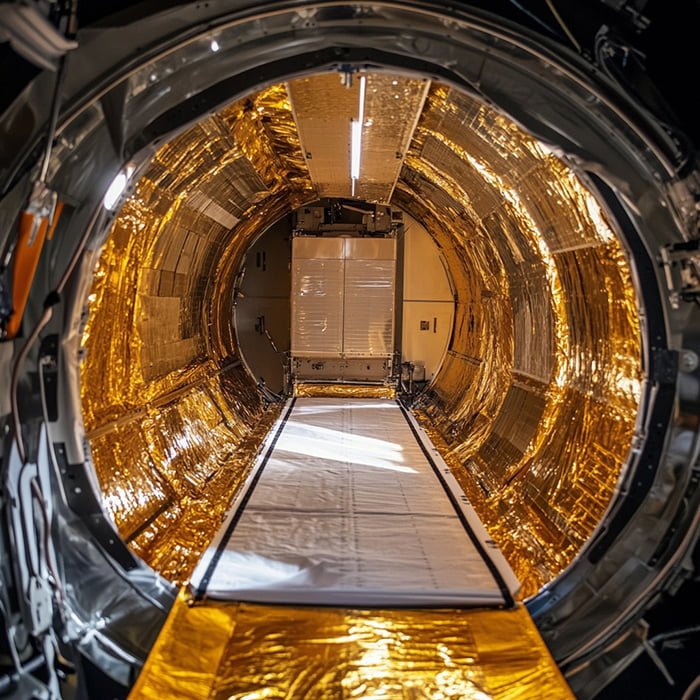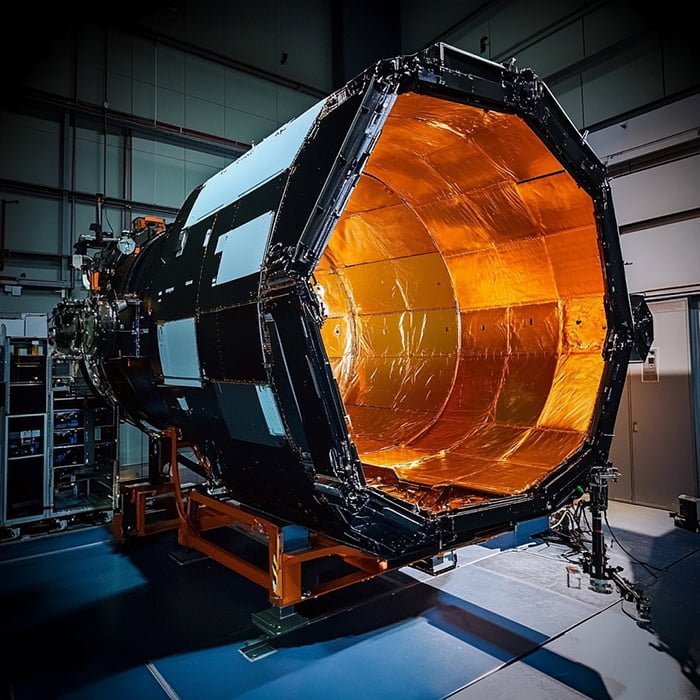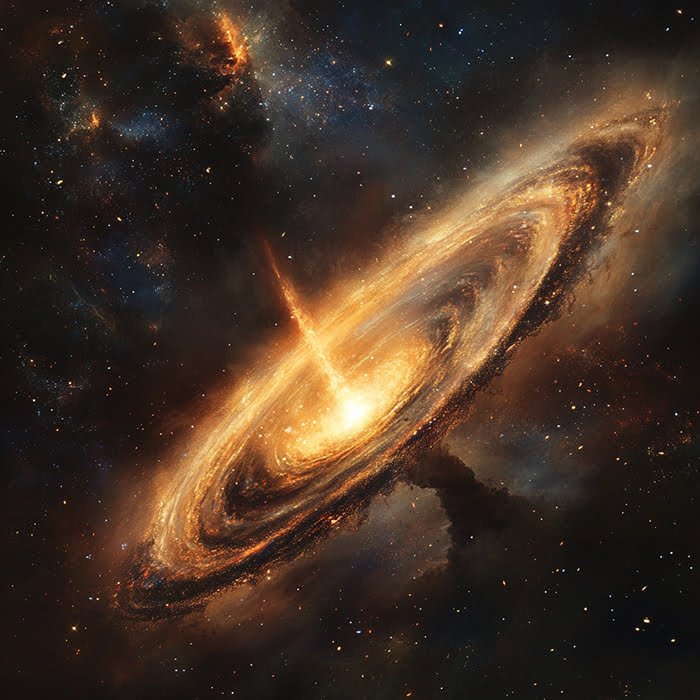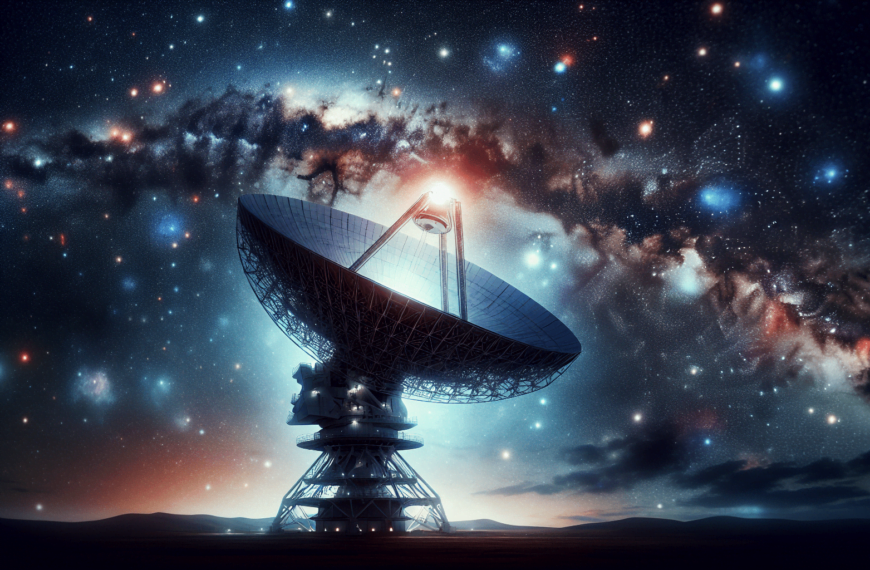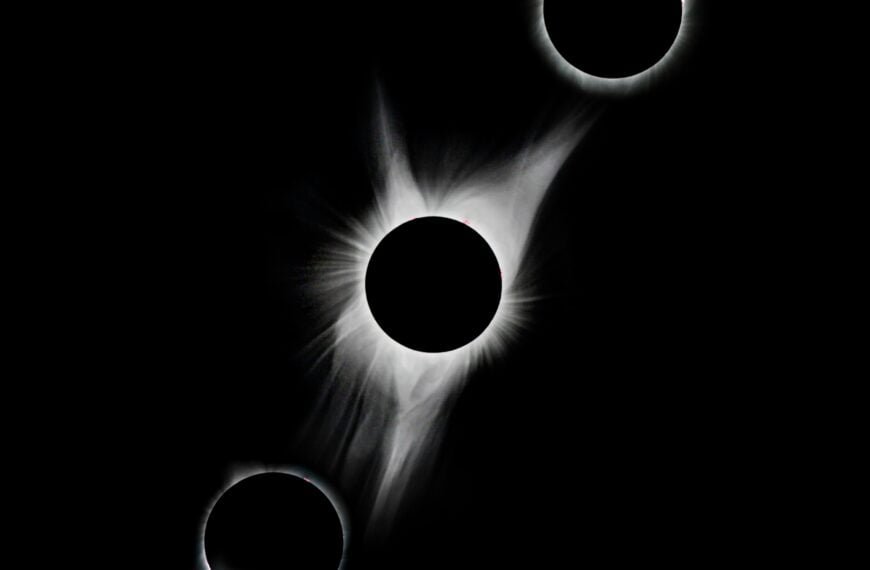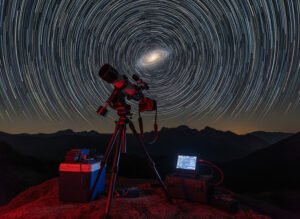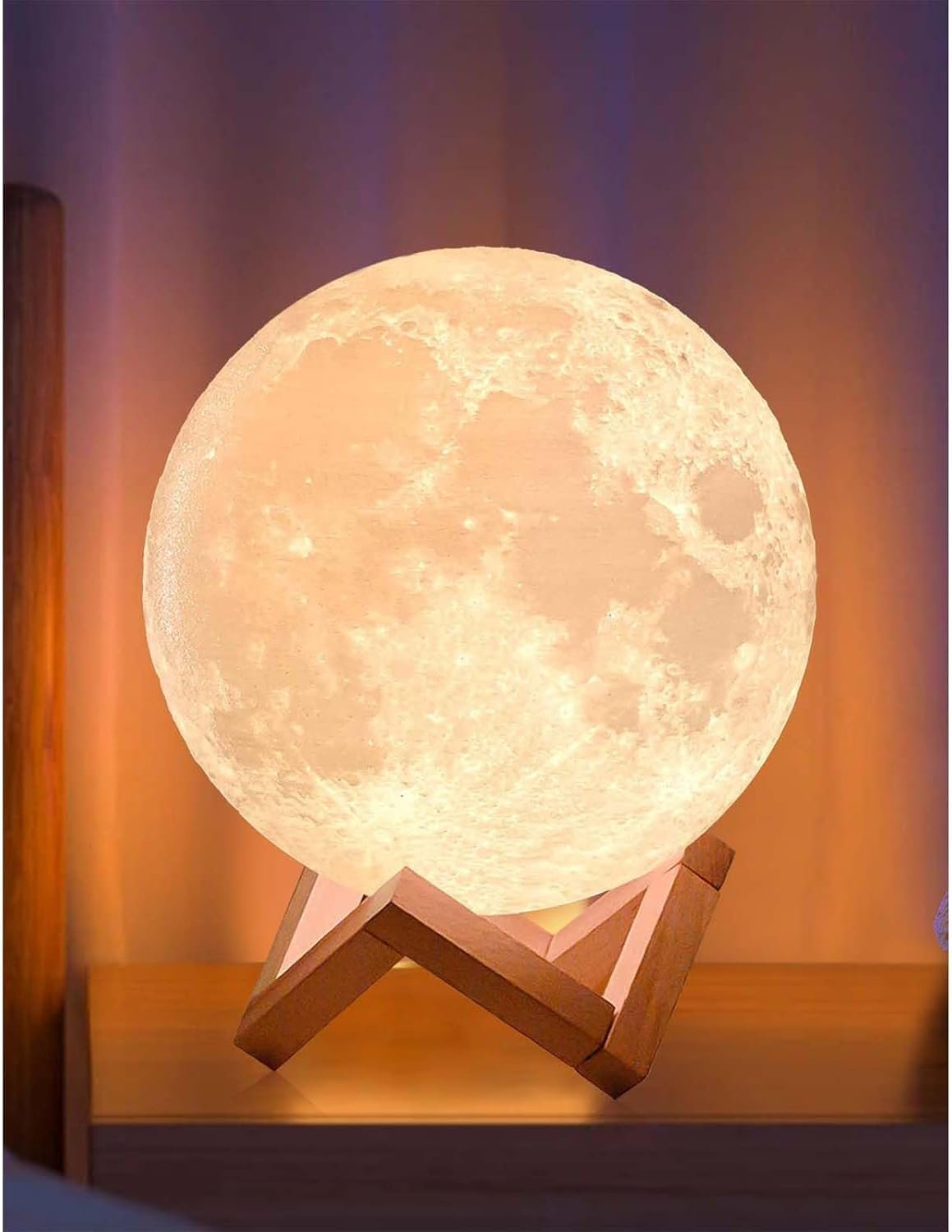NASA successfully tested the Roman Space Telescope’s sunshield, the Visor, crucial for studying dark energy and exoplanets.
In a significant milestone for the Nancy Grace Roman Space Telescope, NASA has successfully tested the deployment of the telescope’s innovative sunshield, known as the Visor. This space telescope, set to launch in the mid-2020s, will provide groundbreaking insights into the mysteries of dark energy and exoplanets. The Roman Space Telescope’s sunshield is a critical component that will protect its sensitive instruments from the sun’s heat and glare.
Roman Space Telescope’s Sunshield: A Technological Marvel
The Roman Space Telescope’s sunshield, or Visor, is a feat of engineering that sets it apart from other space telescopes. Unlike the James Webb Space Telescope’s kite-shaped sunshield, the Roman Visor is a cylindrical shell that will deploy in space, expanding to a length of 26 feet (8 meters). This unique design allows the space telescope to have a wider field of view, enabling it to survey the sky more efficiently.
Rigorous Testing Ensures Reliable Deployment
To ensure the sunshield’s reliable deployment in the harsh environment of space, NASA conducted extensive testing at the Northrop Grumman facility in Redondo Beach, California. The tests simulated the conditions the space telescope will face during launch and in orbit, including exposure to extreme temperatures and the vacuum of space. The successful completion of these tests marks a significant step forward in the development of the Roman Space Telescope.
Unraveling the Mysteries of the Universe
The Roman Space Telescope’s primary mission is to shed light on two of the most profound questions in modern astronomy: the nature of dark energy and the characteristics of exoplanets.
Dark Energy and the Expansion of the Universe
Dark energy, the mysterious force that drives the accelerating expansion of the universe, remains one of the greatest puzzles in cosmology. The Roman Space Telescope will conduct a comprehensive survey of the sky, measuring the positions and distances of millions of galaxies. By studying how the distribution of galaxies has changed over billions of years, scientists hope to unravel the secrets of dark energy and gain a deeper understanding of the universe’s evolution.
Discovering and Characterizing Exoplanets
In addition to its cosmological studies, the Roman Space Telescope will also play a vital role in the search for and characterization of exoplanets. Using advanced techniques such as microlensing, the space telescope will be able to detect planets orbiting distant stars, including smaller, Earth-like worlds. By studying the atmospheres of these exoplanets, scientists may be able to identify potential signs of habitability or even the presence of life.
Collaborations and Technological Advancements
The Roman Space Telescope is a collaborative effort involving NASA, the astronomical community, and industry partners. Its development has driven technological advancements in areas such as optics, detectors, and spacecraft engineering. These innovations will not only benefit the Roman mission but also pave the way for future space telescopes and astronomical research.
The successful deployment test of the Roman Space Telescope’s sunshield marks a significant milestone in the telescope’s development. With its unique design and advanced capabilities, this space telescope promises to revolutionize our understanding of dark energy, exoplanets, and the fundamental nature of the universe. As the Roman Space Telescope progresses towards its launch in the mid-2020s, astronomers and space enthusiasts alike eagerly await the groundbreaking discoveries it will make, pushing the boundaries of our knowledge and inspiring future generations of scientists.
Stay tuned for more updates on the Roman Space Telescope’s development and the exciting scientific advances it will enable. Follow NASA’s official channels and the Roman Space Telescope mission page to stay informed about this groundbreaking project and its potential to reshape our understanding of the cosmos.
